6 QUESTIONS TO ASK YOURSELF ABOUT YOUR MARKETING STRATEGY BEFORE HITTING GO!
- Nikki McCaig

- Jul 27, 2022
- 5 min read

Everyone is looking for that perfect marketing strategy - the one that’s about to go viral, the one that’s been noticed by the biggest players online and the one that’s bringing in the best sales the company has ever seen. It has been bold, innovative, eye-catching and exciting, something that every user and follower will want to get involved in. It has to be engaging, sharable and consistent, grabbing the right kind of attention without being excessive or offensive.
So how do you know your marketing strategy is going to work? Whilst there’s no set formula for the perfect campaign, at LVE THT we believe that analysis counts and that purpose is everything - that knowing why you’re doing something is the best way to achieve it.
We’ve prepared 6 key questions that you should be asking yourselves and your marketing team about every single marketing strategy and campaign you create, helping you to break down the purpose, the goals and the targets of your scheme before you go to publish it.
WHAT IS THE OVERALL GOAL OF THIS STRATEGY?
Identifying the key goal of your marketing strategy is the first place to start when evaluating its strengths and benefits. You and your team need to be able to pinpoint exactly what you want to achieve, what the aims of the campaign are and why you’re delivering it in the first place. Whether you’re focusing on a product launch and needing to raise brand awareness or sharing a new service with an existing audience, there needs to be an end goal or a milestone to hit to make this strategy meaningful.
WHO AM I AIMING THIS STRATEGY TOWARDS?
When developing any campaign or marketing strategy, you need to have a clear target audience in mind. It could be an audience you’ve already cultivated through previous marketing efforts or a new demographic you’re trying to reach, but either way, the user needs to be the core focus of the strategy. The target audience of any campaign should be the filter through which any strategy decisions are made - deciding how to deliver the campaign, when, where, why, what language to use, how often to post, and what to push. Your end user should determine the engagement you encourage, the goals you hit and the calls to action you embed in your campaigns, to truly make it a success.
WHAT ARE THE WEAK SPOTS OF THIS STRATEGY, IF ANY?
No marketing strategy is flawless. There will always be weaknesses or drawbacks, even in the most thorough and curated campaigns. So how do you identify those weak spots? To begin with, run a quick SWOT analysis on the campaign as a whole, highlighting any areas that might present a risk to your strategy, whether it’s a limited resource, a short deadline or a technically complex project. Your weaknesses could even cover the unpredictability of the end user, particularly if it’s through a digital platform where metrics and successes are hard to track.
Once you’ve pinpointed your weaknesses, you have more of an opportunity to get ahead of them, perhaps organising some more resources in advance, calling in some additional tech support or developing a new metric to monitor your successes in time for the final report.
WOULD THIS CAMPAIGN APPEAL TO ME AS A USER?
Empathy is, and should always be, at the heart of any marketing strategy. Being able to view your campaign through the eyes of your target audience is going to be one of the most useful assets you can bring to your project - understanding and imagining how it will look, feel and impact the user through their perspective. Will they find it funny? Will it make them want to engage? Will they be confused and even upset by it, if it’s taken the wrong way?
It’s important to consider the different backgrounds, experiences and characteristics of your target audience whilst setting up your campaign, and how they will consume the media you’re putting out. If it feels like your campaign might not have the desired effect on the end user, then try to create a new voice for it, a new colour palette, and different images - making these essential amends to help your campaign read the right way to the right audience.
WHERE IS THE BEST PLACE TO DELIVER THIS CAMPAIGN?
Once you’ve created your marketing strategy, it’s time to start planning where it needs to be delivered to have the most impact. If it’s a digital campaign, then you need to evaluate which social media platforms and virtual spaces will provide the best chance for promotion and success. Ask yourself and your team ‘where will our end users spend their time online?’ ‘Which platforms will appeal the most to our target audiences?’ ‘When will they use them and how?’ If, say, your end user spends a lot of time browsing through Instagram Ads and Facebook Shops, then they would be ideal places to push your campaigns. If they’re more interested in scrolling through TikTok and streaming Youtube content, then a video-based promotion might be a better concept to promote.
For physical, print or live-action campaigns, use your marketing personas to your advantage and imagine the route your target audience will take to get to your ad. Would it be better placed in their favourite magazine or in the tube on their way home from work? Should it be a poster on a train or a billboard in their nearest shopping centre?
Asking questions such as these can help to narrow your options down to find the best opportunity for a successful campaign delivery.
WHAT IS MY PLAN AFTER THE CAMPAIGN HAS FINISHED?
Campaigns don’t end once the final post has been shared. There is always more work to be done. Spend a little time during your planning stages developing your ‘what next’ schedule, a to-do list of work to be carried out to fully bring this project to a close. These tasks could include forming a report of each success and milestone hit throughout your campaign, or any areas to be improved for next time. It could involve following up with any engaged end users to continue their journey with your brand or sharing any results from competitions, polls and giveaways.
Your ‘what next’ schedule could even include making your first steps towards the next campaign, using your previous project as a springboard for new ideas, concepts and strategies. Using the lessons learned from your first campaign, what could you use to improve your next strategy, what worked and what didn’t, what garnered the best response from your user and what brought you the most insightful analytics?
Take the time to reflect on your previous work and analyse it before moving on to the next big project.
-
If you need help creating your next marketing strategy, or want some advice on campaigns for your business, the LVE THT Academy is the place for you. We can offer you the opportunity to learn, grow and shape the way you market your business for good with our expert team that is totally tailored to your business. Find out more by clicking here!
#CreativeAgency #DesignAgency #DigitalMarketing #LVETHT #Marketing#SocialMediaMarketing#SocialMedia#AttractingNewCustomers #NewLeads #BusinessLeads #BusinessProspects#NewCustomers#CustomerOutreach #Collaborations #PPC #SEO #MarketingPerson #Branding #Productivity #SocialMediaGuidelines #Content #BatchMaking #ContentCreation





Comments